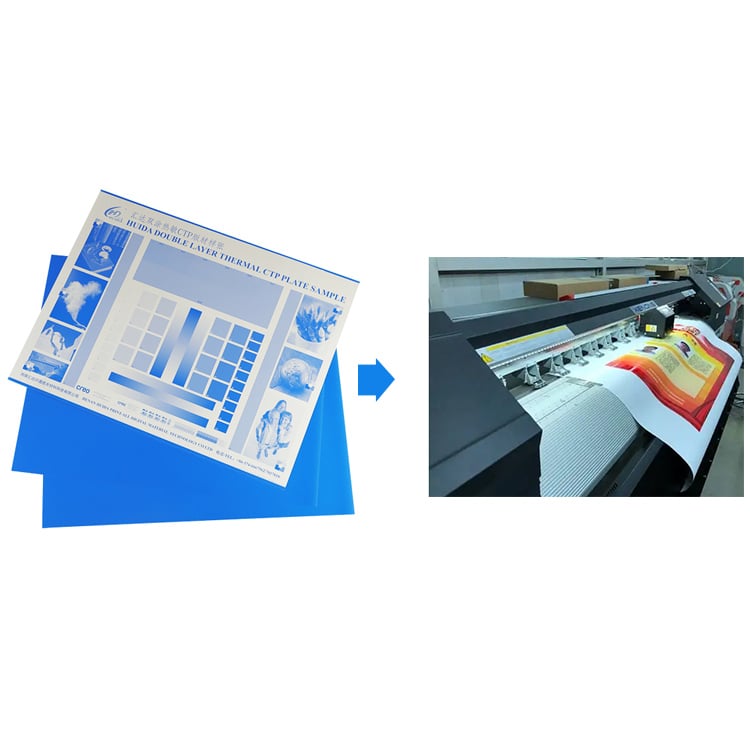
The plate making machine occumachinepies an extremely important position in prepress equipment. Its performance directly affects the quality of plate making, and its maintenance plays a decisive role in the printing production process. If you choose the required printing machine correctly, maintain it properly, and maintain it in time, you can not only extend the service life of the printing machine, but also improve the quality of the printing machine. According to the national standard requirements for the technical conditions of printing machines, the printing machine to be selected must be one produced according to national standards. A printing machine with excellent performance should meet the following requirements.
(1) The working environment temperature should be 0-40°C, and the relative humidity should be less than 80%; the glass should meet the requirements for first-class glass in JG40-62 "Plate Glass for Window", and there should be no scratches or grinding in the effective working surface. There should be no hair, mold, etc., and there should be no bubbles in the glass that would affect the printing quality; the illumination uniformity of the working surface should not be less than 85%. The specific detection method is as follows; in the absence of interfering light sources, adjust the exposure light source of the plate printing machine to the normal working position, and place the illuminance meter probe with an accuracy of not less than ±4% on the working glass surface of the plate printing machine for measurement. Get the illumination value Li at the center, four corners and center of each side of the frame, according to the formula Ai=(1-(|Li-L|
max)/L)×100% calculate the illumination uniformity on the working surface of the printing machine, where: the illumination uniformity of Ai, Li is the illumination value of each measuring point, and L is the average illumination of the nine measuring points.
(2) The PS plate should remain in complete contact with the glass surface during the work process. The minimum range of vacuum adjustment of the vacuum system is 0-86.6kPa (0-650mmHg); the plate machine should be able to obtain a vacuum of 80kPa (650mmHg) within 60s; the vacuum degree of the plate machine should not be exceeded 5 minutes after turning off the power of the plate machine. Reduce 20kPa (150mmHg). The detection method is as follows: Place the printing plate with the largest size corresponding to the machine specifications in the printing machine, close the vacuum system, turn on the vacuum pump, and use a stopwatch to measure the vacuum degree displayed by the vacuum gauge in the vacuum system to reach 80kPa (650mmHg). time; then turn off the power, use a stopwatch for 5 minutes, and observe the sealing performance of the vacuum system as shown on the vacuum gauge.
(3) The temperature rise of the working glass surface of the printing machine should not exceed 20°C. Detection method: Place the exposure light source in the normal working position, and measure the surface temperature of the working glass with a point thermometer with a graduation value of not less than 0.5°C. The light source is turned on for 6 minutes and turned off for 3 minutes as a cycle. The cycle works 10 times and is compared with the working glass surface temperature at room temperature before the printing machine is operated, and the temperature rise of the glass surface is calculated.
(4) The important exposure time error of the printing machine should be less than 5%. Detection method: Use a stopwatch to measure the actual exposure time of the plate printing machine for 5 minutes three times, and record the actual exposure time of the plate printing machine.
Ti, calculate the average T of three exposure times, and calculate the exposure time error according to the formula Pj=(1-(|Li-L| max)/L)×100%.
(5) Requirements for the light source of the printing machine: First, the light source should be selected according to the photosensitive characteristics of the PS plate. The photosensitive range of the PS plate is generally 280-450nm, because the base of the film and the glass of the printing machine are sensitive to wavelengths below 320nm. The light has strong absorption effect. Therefore, light with wavelengths below 320nm has no photosensitive effect on the photosensitive layer of the PS plate. PS plates with better photosensitive performance set the photosensitive range within the wavelength range of 320-450nm; gallium iodine lamps are the most versatile and efficient light sources today. The wavelength distribution is in the range of 350-450nm, which is effective for most printing photosensitive layers. This light source has strong radiant heat, so the plate maker should have a good heat dissipation device.
- The printing machine should be able to work reliably when the power supply voltage fluctuates by ±10%; the operating noise should be less than 70dB; the insulation resistance between the casing and the power cord should be greater than 2MΩ, and the printing machine should have a reliable UV protection device .
Huida Print-All Technology company is an advanced and professional manufacturer of producing printing plates, mainly sales CTP, CTCP, and PS plates as well as offering ODM/OEMs, especially for the offset. For more information, please click the official website link here: https://www.huidaoffsetplate.com/.

